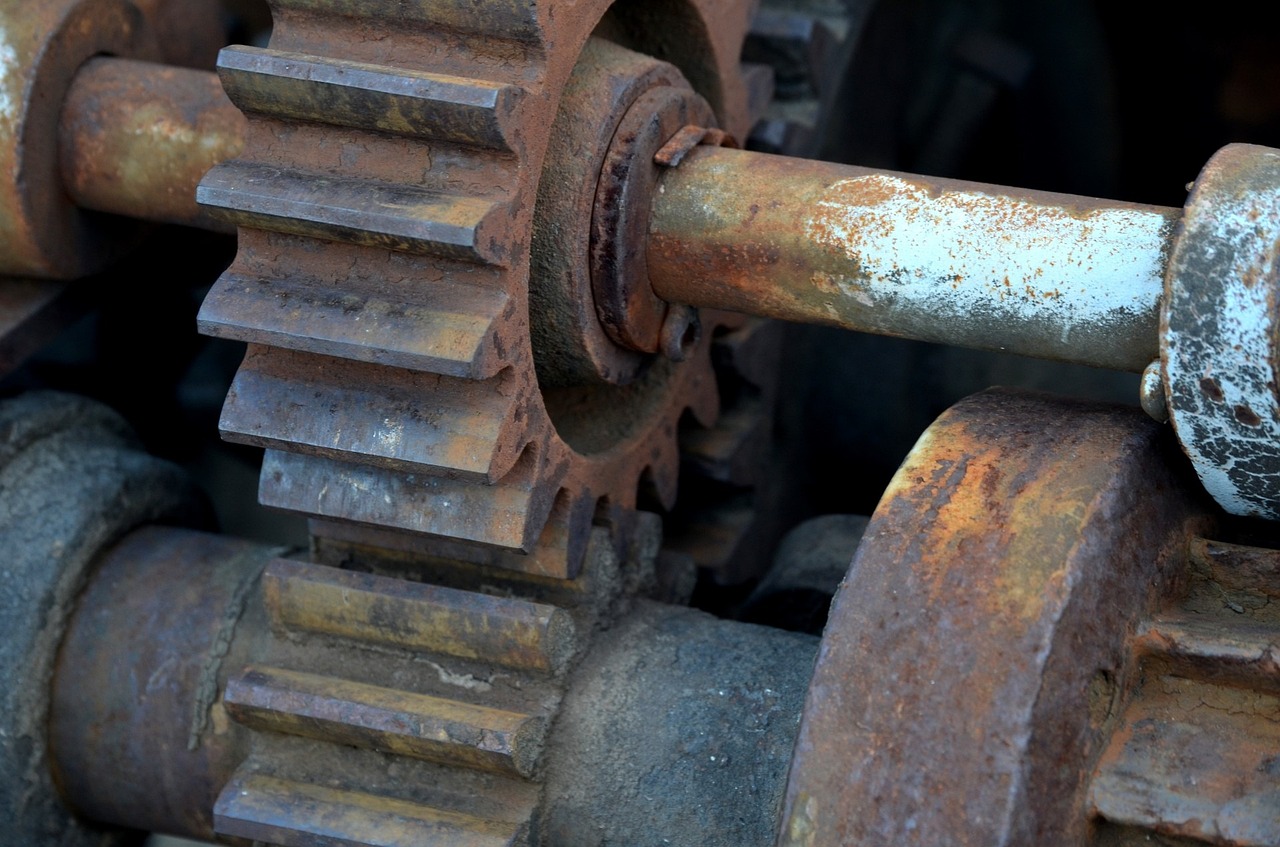There’s different types of deer, fish, turkeys and dogs…and there’s also different types of differential gears.
Differential gears are the unsung heroes of automotive engineering, silently powering our vehicles while navigating curves, corners, and uneven terrain. Despite their critical role in vehicle dynamics, differential gears often remain shrouded in mystery for many drivers. In this comprehensive guide, we embark on a journey to demystify differential gears, unraveling their significance, types, and functionality in modern automotive systems.
1. The Fundamentals of Differential Gears:
At its core, a differential gear is a mechanical device that enables the wheels of a vehicle to rotate at different speeds while transmitting power from the engine to the wheels. This capability is essential for maintaining traction, stability, and maneuverability, especially when navigating corners or uneven surfaces.
2. Understanding Differential Action:
The differential allows the wheels on the same axle to rotate at different speeds when turning, ensuring smooth and efficient power delivery to the wheels. Without a differential, the wheels would be forced to rotate at the same speed, leading to tire scrubbing, loss of traction, and strain on the drivetrain components.
3. Types of Differential Gears:
a. Open Differential: The most common type of differential found in passenger vehicles, an open differential allows the wheels to rotate independently while distributing torque evenly between them. While simple and cost-effective, open differentials may struggle to deliver power to wheels with limited traction, leading to wheel spin and loss of control in challenging driving conditions.
b. Limited-Slip Differential (LSD): LSDs mitigate the shortcomings of open differentials by providing varying degrees of torque transfer between the wheels. By limiting wheel slip and distributing power to the wheels with the most traction, LSDs enhance stability and performance, particularly in off-road, high-performance, and winter driving scenarios.
c. Locking Differential: Locking differentials offer maximum traction by mechanically locking the wheels on the same axle to rotate at the same speed, regardless of traction conditions. While highly effective in off-road and extreme terrain applications, locking differentials may compromise maneuverability and tire wear on paved surfaces.
d. Electronic Differential: Electronic differentials leverage sensors, actuators, and vehicle stability control systems to selectively apply braking force to individual wheels, simulating the effects of mechanical differentials. By dynamically adjusting torque distribution and wheel speed, electronic differentials enhance traction, handling, and stability in diverse driving conditions.
4. Differential Components and Operation:
a. Ring and Pinion Gears: The ring and pinion gears form the core of the differential assembly, transmitting power from the driveshaft to the axle shafts while converting rotational motion to torque. These gears operate in conjunction with the differential carrier to distribute torque to the wheels.
b. Differential Carrier: The differential carrier houses the ring and pinion gears and supports the differential assembly within the axle housing. It also provides mounting points for the axle shafts and bearings, ensuring smooth rotation and alignment.
c. Spider Gears: Spider gears, also known as side gears or pinion gears, are located within the differential carrier and allow the wheels to rotate at different speeds during cornering. These gears transfer torque from the ring gear to the axle shafts while maintaining differential action.
d. Bearings and Seals: Bearings support the rotating components of the differential assembly, reducing friction and wear, while seals prevent lubricant leakage and contamination. Proper maintenance of bearings and seals is essential for ensuring optimal differential performance and longevity.
5. Differential Maintenance and Service:
To ensure the smooth and reliable operation of differential gears, regular maintenance and service are essential. Key maintenance tasks include:
a. Fluid Inspection and Replacement: Periodically inspecting the differential fluid level and condition and replacing it according to the manufacturer’s recommendations.
b. Bearing and Seal Inspection: Checking for signs of bearing wear, seal damage, or leakage and addressing any issues promptly to prevent further damage.
c. Gear Inspection and Adjustment: Monitoring gear mesh patterns, backlash, and tooth wear to detect any abnormalities and adjusting as necessary to maintain proper alignment and operation.
d. Differential Overhaul: Performing a comprehensive differential overhaul when significant wear, damage, or noise is detected, including replacing worn components, adjusting gear lash, and ensuring proper lubrication.
